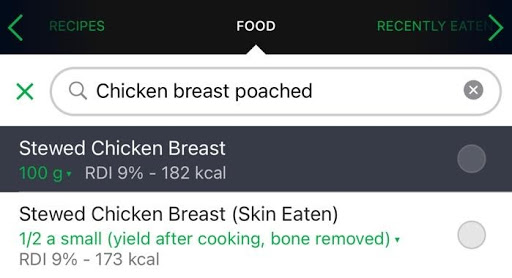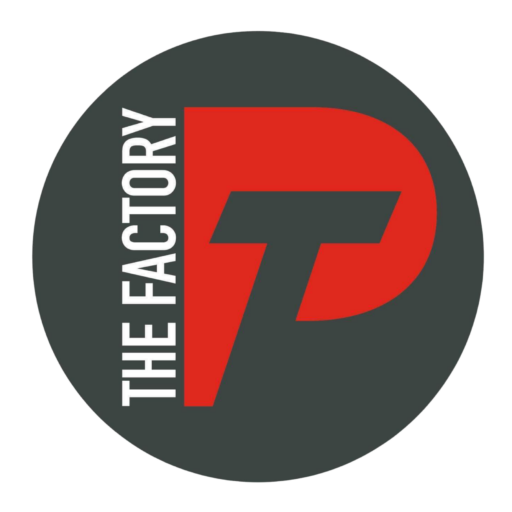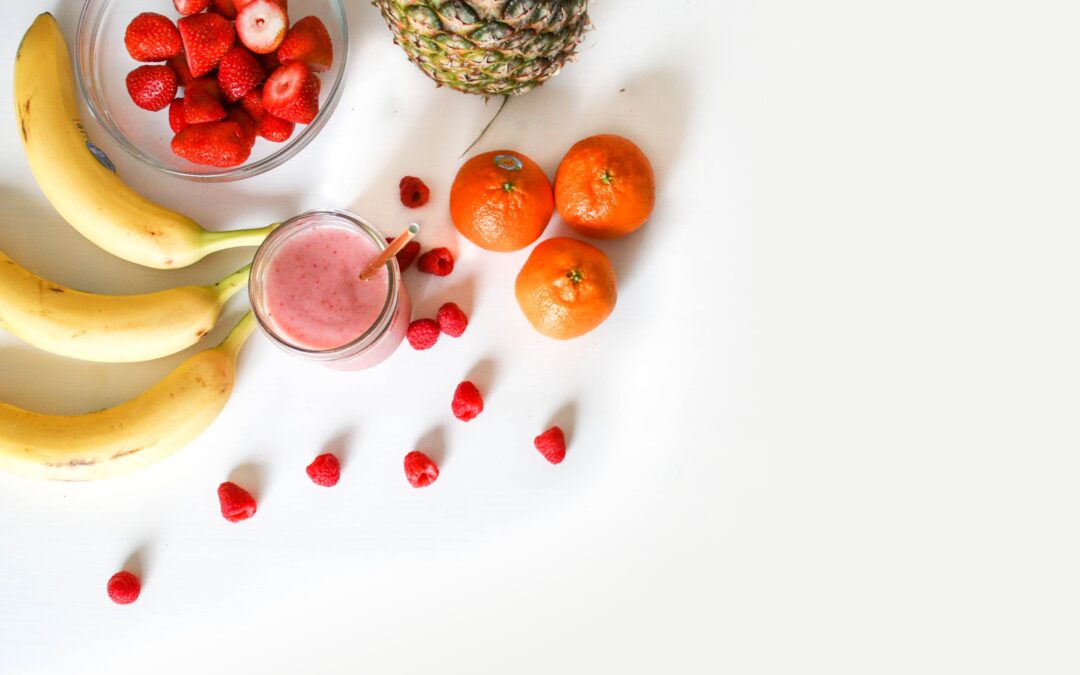You may have been given your custom calorie and macronutrient goals by your trainer, these are yours, specific to you… they may not be the same as your friends, or your mothers or your cousins because they’re custom to you, your body and your goals.
First things first, you need to understand macros and their importance in the overall picture of your nutrition. Carbohydrates, proteins and fats – these are the three basic macronutrients that come together to create your caloric intake day to day. Macronutrients are present in everything we consume and you’ll often find that different foods will have different ratios of each macro.

Each of these holds a different caloric value which add up over the day to give us our total caloric intake, fuelling us for our training and everyday life.
1g of Carbohydrate = 4 Calories
1 g of Protein = 4 Calories
1 g of Fat = 9 Calories
An important side note while we’re here is the caloric value of alcohol and what it contributes to our body. 1g of Alcohol = 7 Calories, which is a lot when we consider the nutrients it contributes to our body (or lack thereof).
Starting to track your food on a tracking app (FatSecret) is the first step to taking full control of your nutrition and results, now and in the long run. There are a few things I want you to keep in mind as you embark on this new journey. To be successful, it’s important that your plan is sustainable and you are able to adhere to it in the long run. Whether you’re able to stick to the same food for a couple of weeks or you feel like you want more variety day to day – you’re able to be in full control of your food through tracking it each day. It’s NOT NECESSARY to avoid particular foods or food groups other than the ones that you are allergic or intolerant to. The main thing is that it fits your macronutrients and calorie targets.
Weighing your food
Get yourself a good quality electronic food scale so you can be sure your tracking is as accurate as possible. You will use this every single day, because the most accurate way to measure and to track your food is by WEIGHT, not by cup or pieces.
Entering your food
Be as specific as possible in your FatSecret entries – the way you weigh your food must be how you enter it. For example; if you weigh your chicken breast RAW, make sure the FatSecret entry is RAW/UNCOOKED chicken. If you poach it, ensure the entry is poached (or most similar to).

Preparation is the key
This applies to planning your food out as well as your week to ensure you have time to meal prep. Allocating 2 days in the week to prepare your food allows you to cook bigger batches to prepare for 3 days in advance. I would recommend allocating around 90 minutes for a meal prep for 3 days.
By using FatSecret you’re able to change the date and pre plan your food for future days,. make it as easy as possible for yourself. Pick foods that you enjoy eating and have fun with it! This will lead you to success in the long run.
There’s no ‘correct’ way to plan out your food but there are ways that work best.
Think about how many meals you eat a day; do you snack? Or do you prefer fewer larger meals? I would recommend having 3-4 meals and 1-2 smaller snacks throughout the day. With that in mind, you’re probably thinking, “great, but how do I plan my food?”. Let me break it down a little bit for you.
If you start planning your day by adding in all your protein sources first it will ensure that you hit your protein goal for the day – think about which sources of protein work best for you (chicken, seafood, beans, legumes etc.). From there move into your carbohydrate, I hear you, “what?! Aren’t carbs bad for you?”. Let me stop you there, carbs are the NUMBER ONE fuel source our body will call on for energy to get through the day. Because of this it’s important that we give our bodies good quality (unprocessed) carbohydrates 80% of the time, this includes 4-5 servings of vegetables and 2-3 servings of fruits as well. Some personal favourites of mine when it comes to carbs are; brown rice, sweet potato, oats, couscous, whole wheat pasta… you get the idea. Once you’ve come close to your carbohydrate goal you can move on to hitting your fat goal. Now, fats can be a bit tricky because they can creep up on us through the types of protein and carbohydrates we pick, check to see how many grams of fat you have left and make your choices of fat accordingly. When selecting our fat sources, we want to make sure we’re picking good/ essential fats which are present in avocados and pretty much all seeds and nuts.
You’ve just planned your day of food, great work!
Eating out
This can be daunting but it shouldn’t be. It is as simple as searching for the meal you’ve selected and entering it into FatSecret. Use a means of measuring that works best for you in that situation – whether that be cups or something else (always overestimate if you’re unsure).
There you have it!
Now to eat, train and reap the rewards of your hard work. – Jess Raiti

